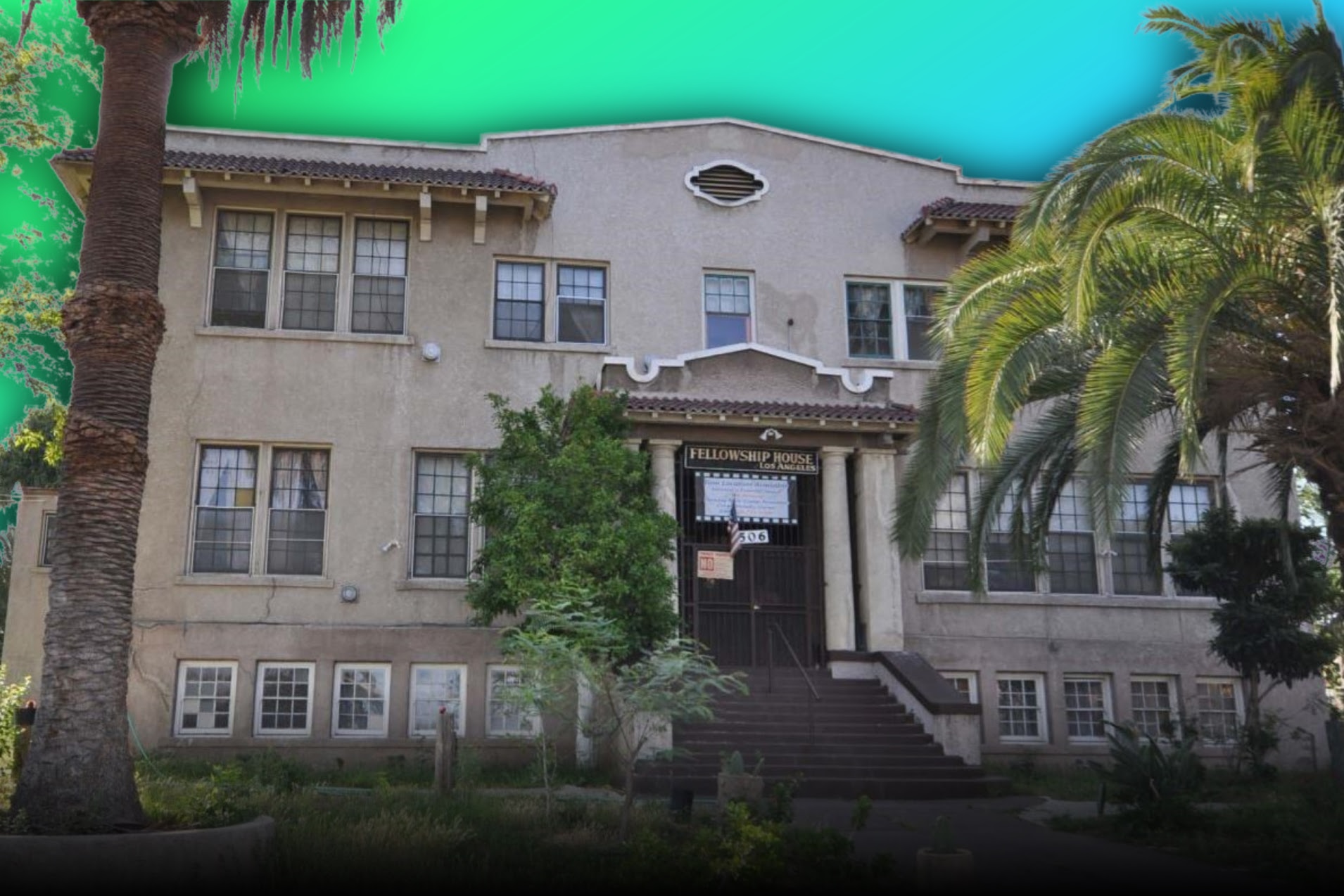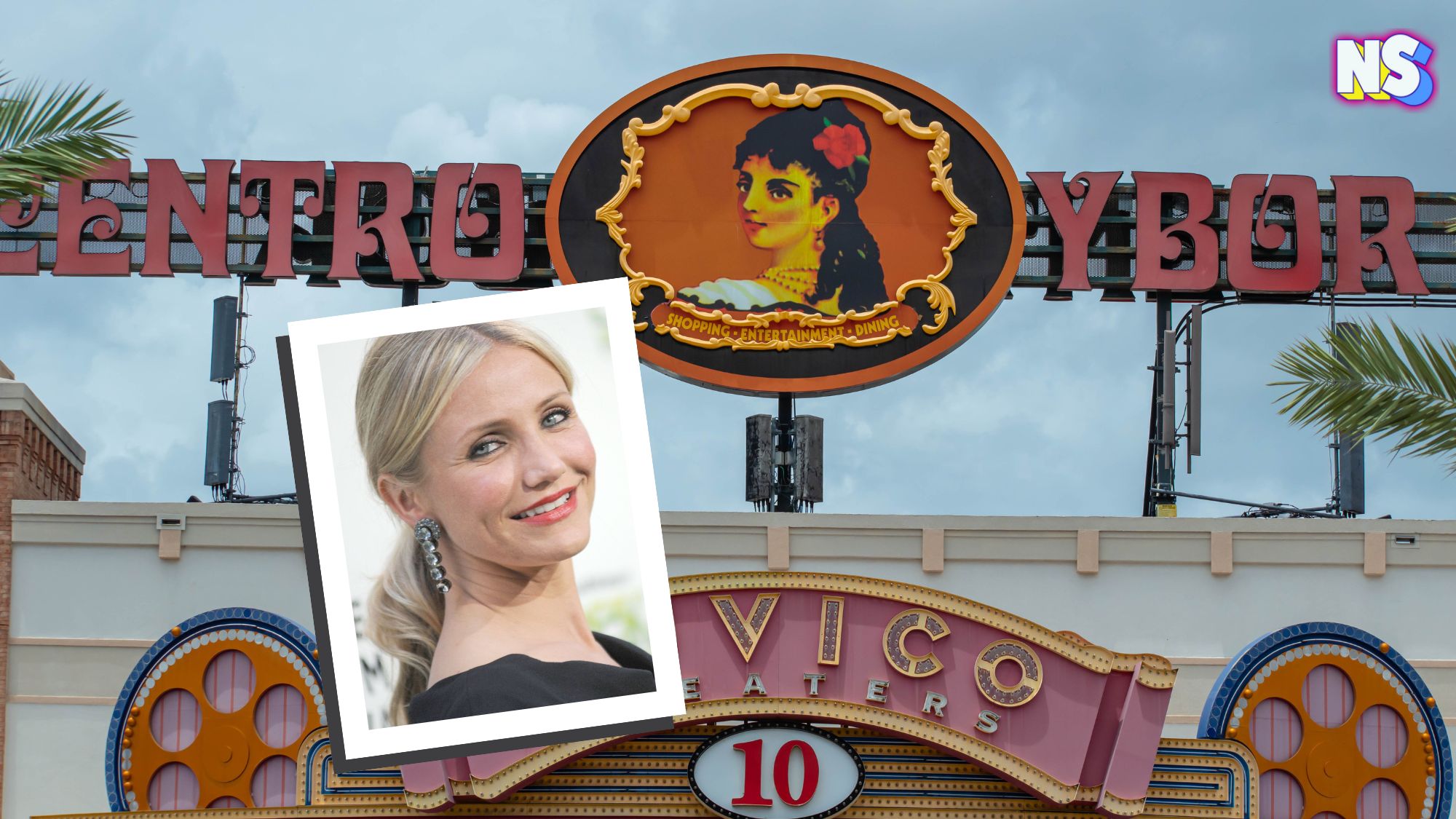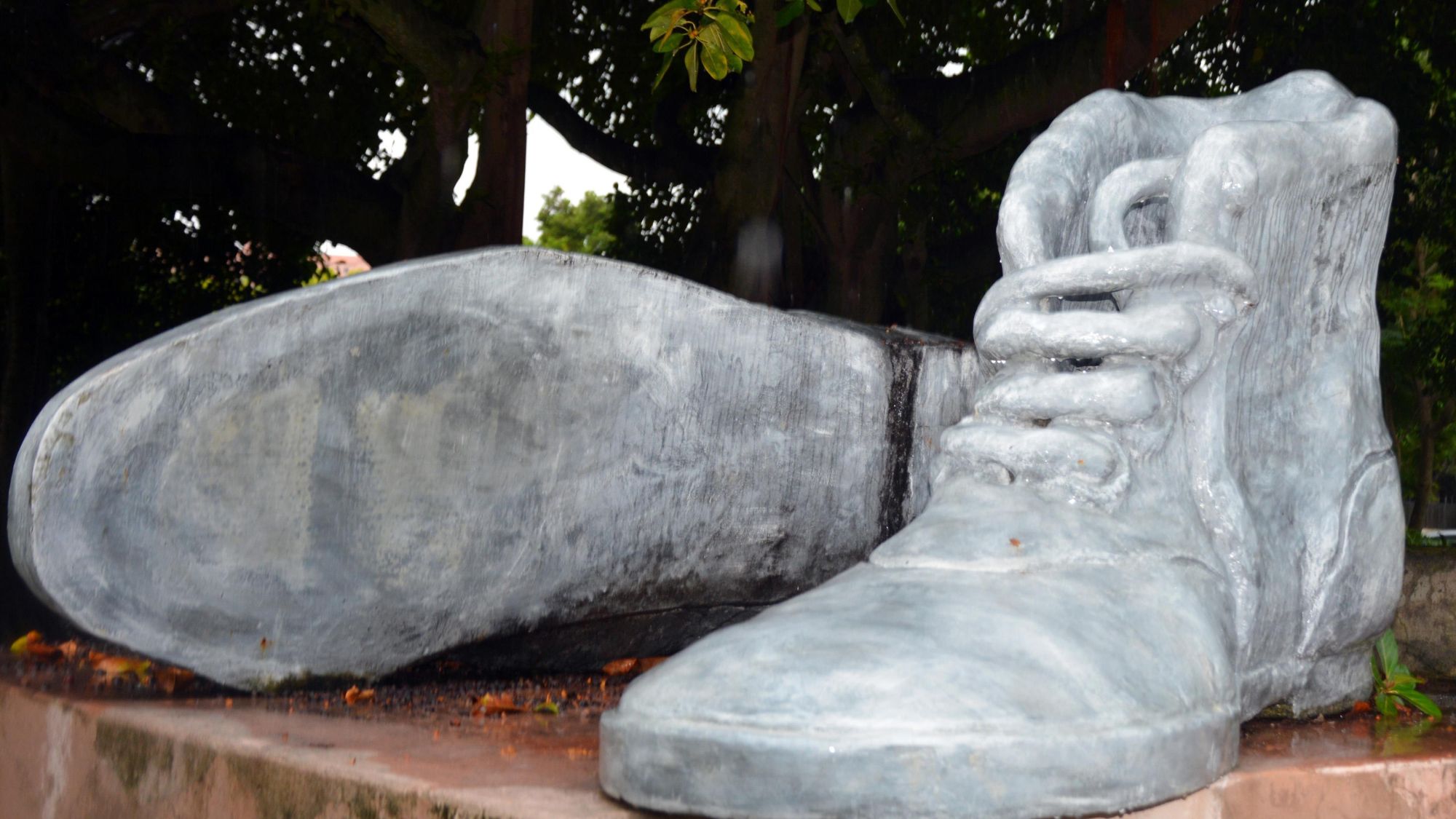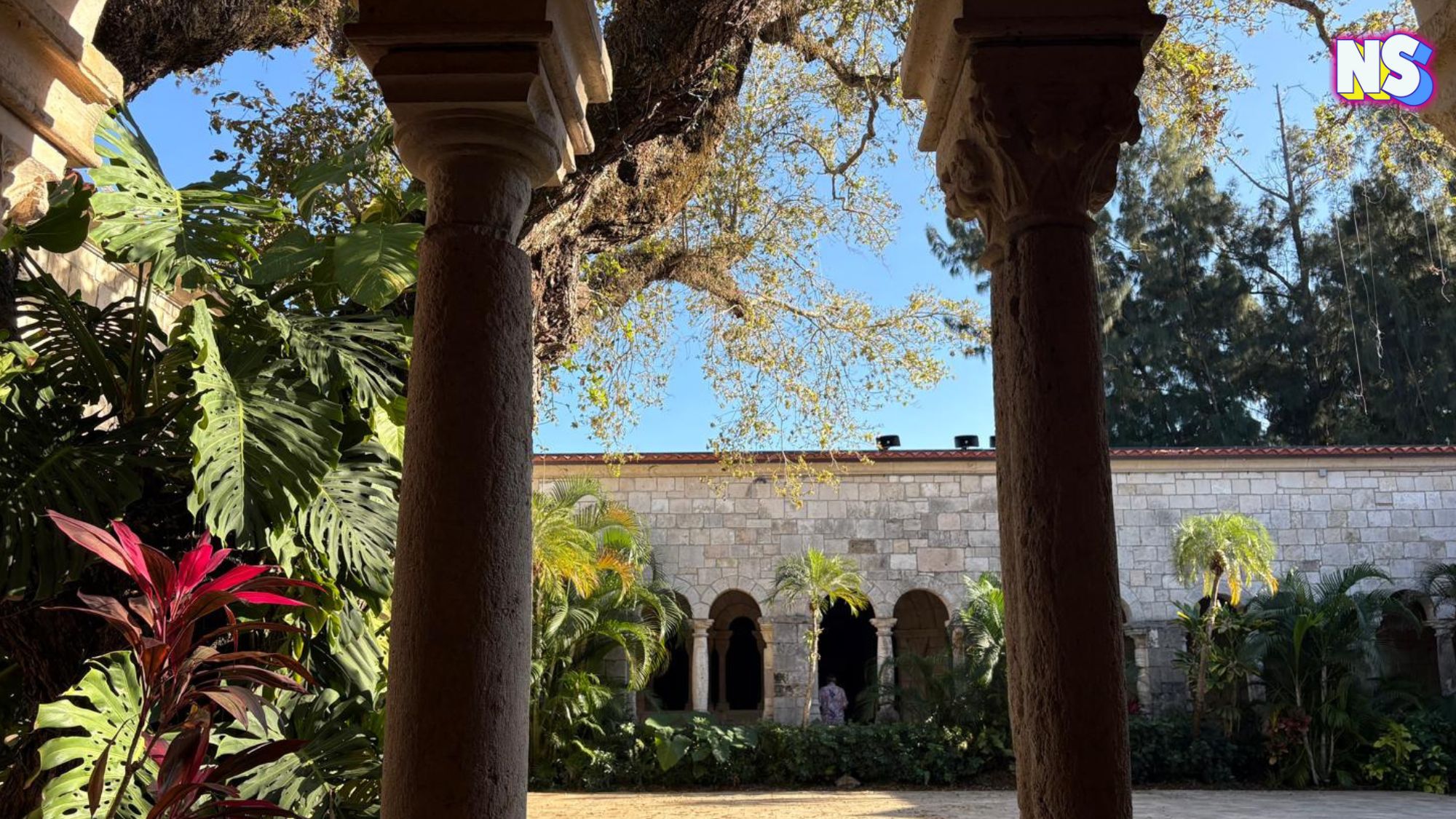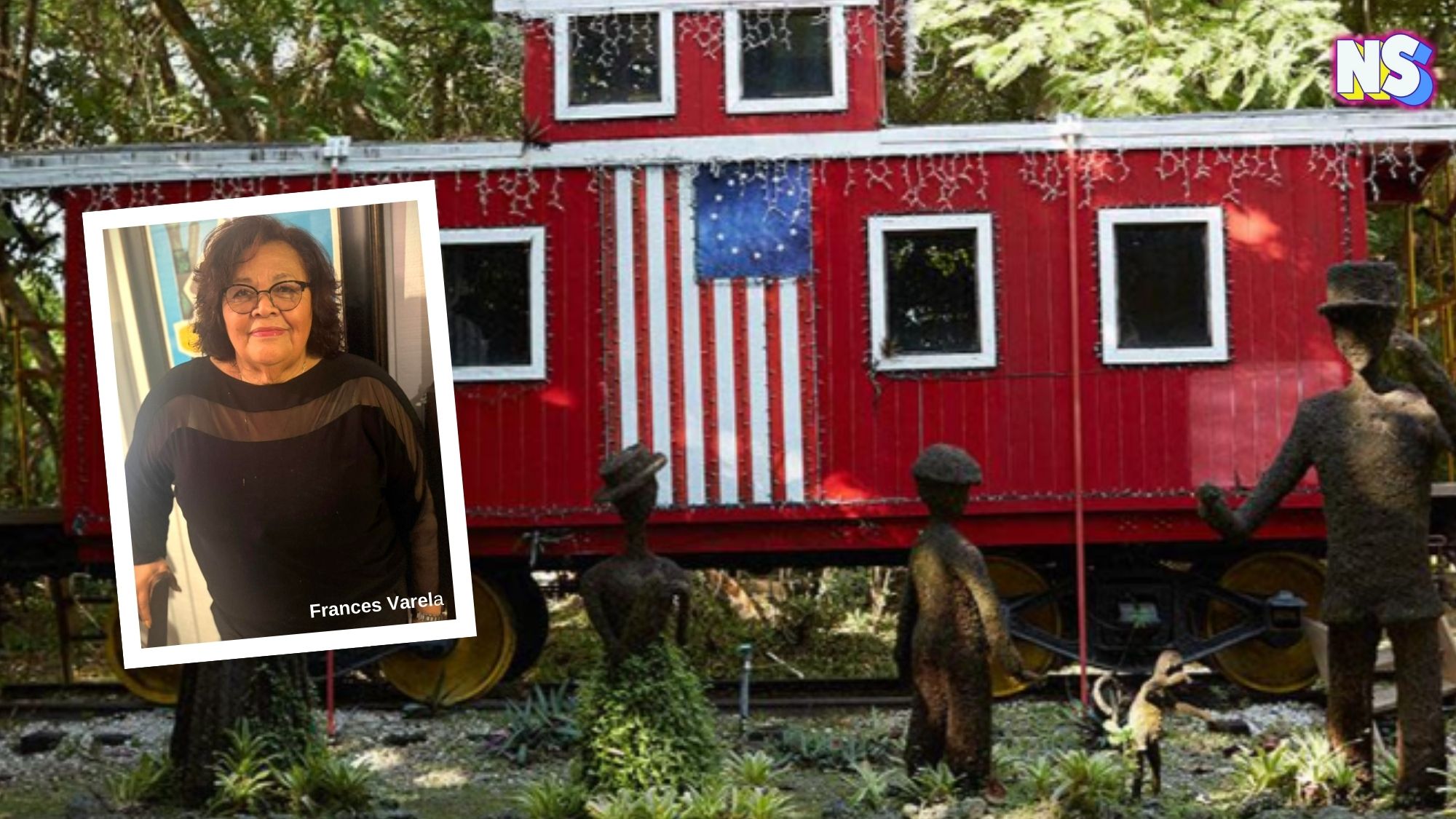Image courtesy of Nuestro Stories.
The history of our Latino culture is so vast, that it is almost impossible to overlook chapters like this landmark. The Forsythe Memorial School for Girls represents one of the few testimonies of the Americanization of Mexican women in Los Angeles, California.
At the beginning of the 20th century, the U.S. population was not fully aware of the migratory transit at its borders. Hundreds of thousands of people arrived in the country with the promise of an American dream mythologized by word of mouth. Among their cultural baggage, these people had to adapt to a new country.
A case in point was the so-called “Americanization,” a series of activities intended to prepare foreign-born U.S. residents for “full participation in citizenship.” The aim was not only to achieve citizenship but also to homogenize communities.
With the outbreak of World War I in 1914, the American people reacted to European hostilities with a conscious awakening about foreigners and the need for “assimilation.”
The Americanization movement that emerged was primarily an education program propagated through schools, businesses, voluntary associations (such as the YMCA), libraries, and citizens’ bureaus. Teaching foreigners became a favorite form of patriotic service for organizations such as the Daughters of the American Revolution, especially after America entered the war.
Enter the Forsythe Memorial Girls School
As with European immigrants, Americans expected Mexicans, in general, to embrace American culture, leaving their customs and languages behind. The patriarchal system taught Mexican girls “American customs and values” through domestic activities such as sewing, cooking, and mothering.
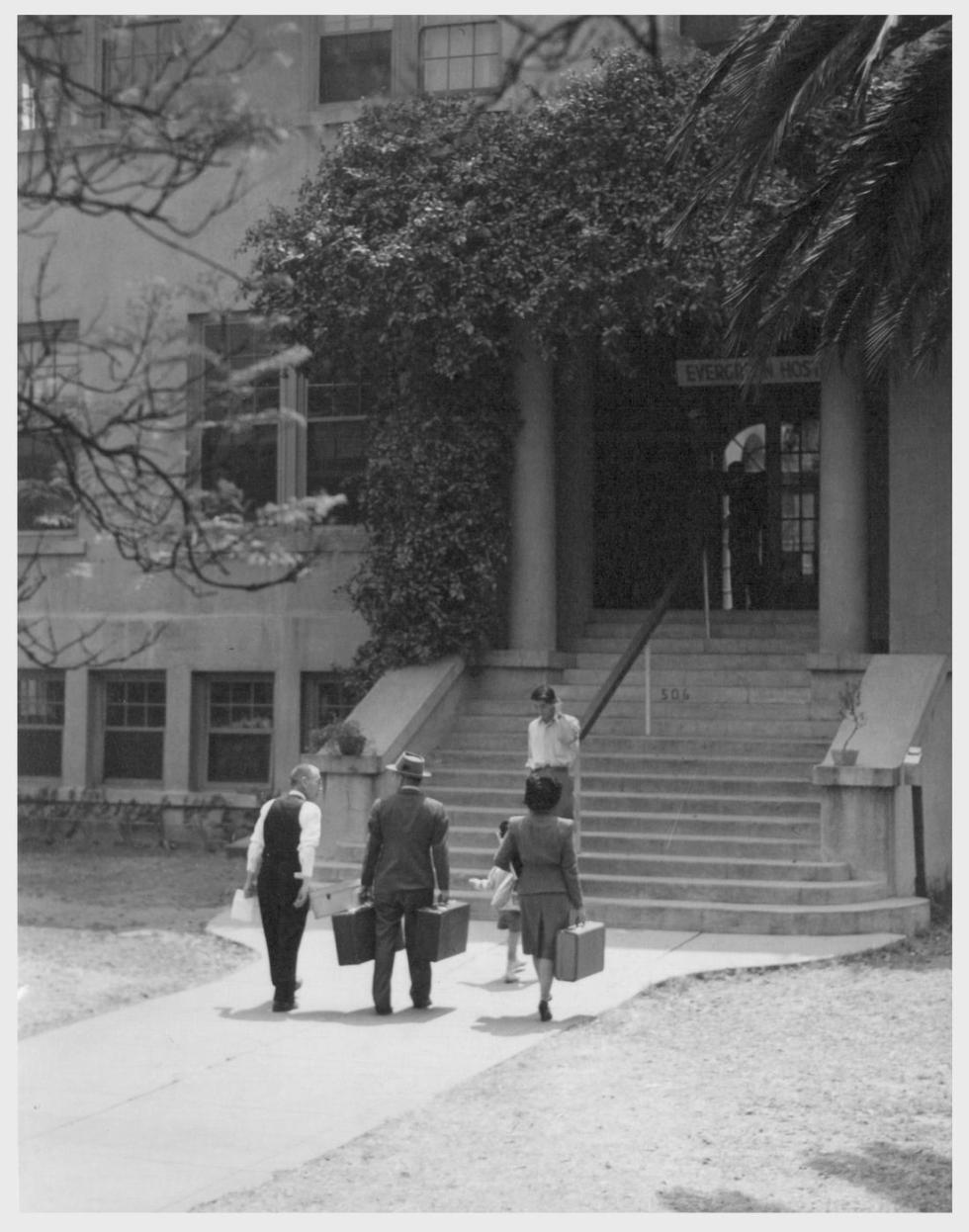
The Forsythe Memorial School for Girls was known as the Presbyterian school for Mexican girls, where they were taught these “American values.”
Since owned by the Presbyterian church, the building was the educational center for hundreds of Mexican girls from different socioeconomic and religious backgrounds. Many of them attended the school thanks to scholarships. The school was built in 1914 and operated until 1934 in one of the preeminently Latino neighborhoods in Los Angeles, Boyle Heights.
The Americanization movement would end in the early 1940s when many young Latinos began to rebel against discrimination and racism. One of the events that marked the path of the civil rights struggle was the Zoot Riots in 1943, which would give rise, decades later, to the labor movement led by Cesar Chavez.
Fun Facts:
- The Forsythe Memorial School for Girls was listed on the National Register of Historic Places in 2015.
- The Forsythe Memorial School for Girls was also described as an “Americanization plant.”
- The role of mothers was paramount to the Americanization movement, with the help of teachers who taught them American values to pass on to their children at home.
- The League of United Latin American Citizens was founded in 1929 in Corpus Christi, Texas, and only accepted members with U.S. citizenship. That is, they had gone through the Americanization process.
- Between 1942 and 1946, the Forsythe Memorial School for Girls became the Evergreen Hostel. It was one of the first temporary housing on the West Coast for Japanese Americans evicted from Terminal Island.
If you go: The Evergreen Cemetery, where important historical figures such as Donaldina Cameron and Toyo Miyatake are buried, is 0.3 miles away.
Location: Los Angeles, California
Address: 506 N. Evergreen Ave.
Google 360 view: Link

